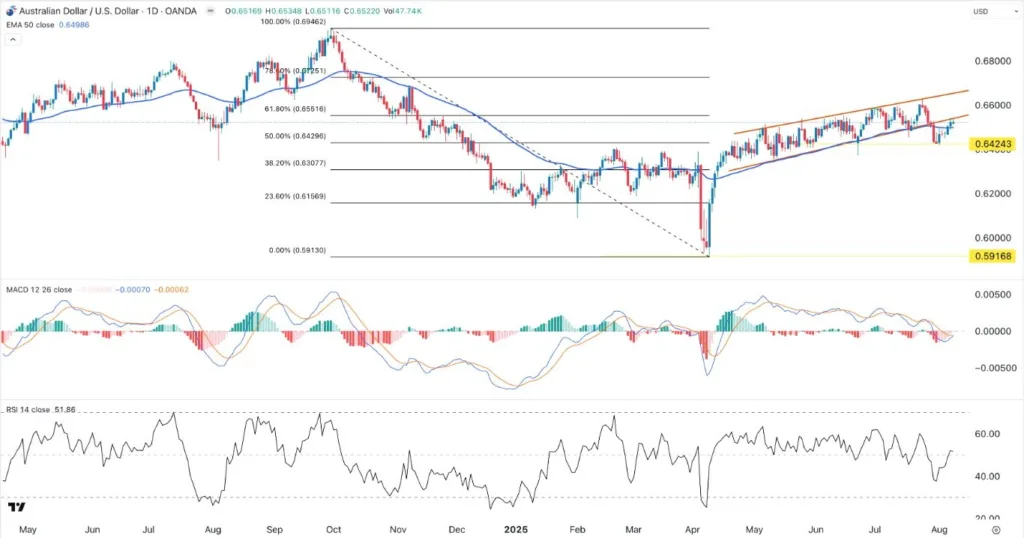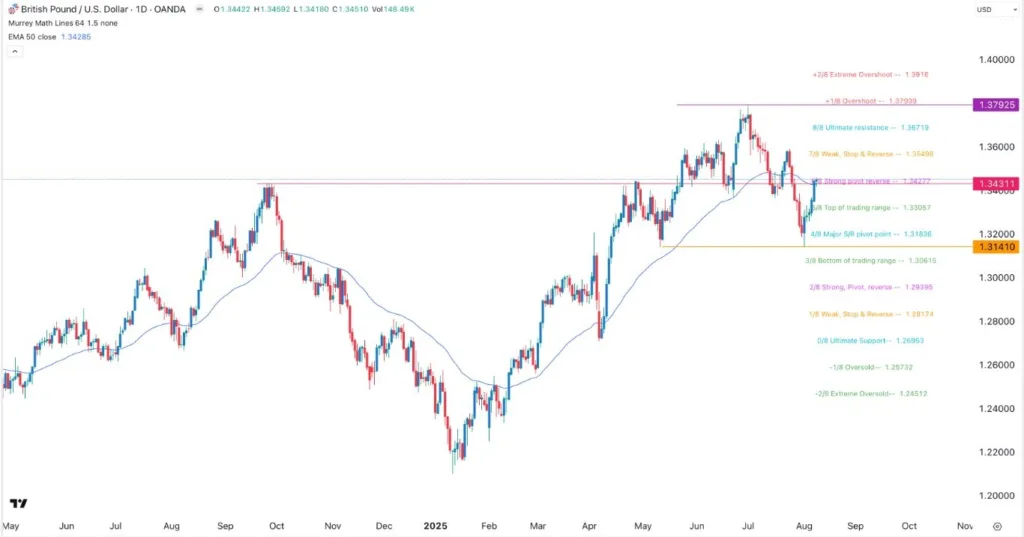
In 2025, India’s equity market faces a unique crossroads. The U.S. has imposed a 50% tariff on Indian goods, targeting sectors like engineering, textiles, and gems and jewelry. While these tariffs threaten to erode export competitiveness, they also expose a critical truth: India’s economy is no longer a one-trick pony. The country’s domestic demand-driven growth model, coupled with strategic policy shifts, has created a mosaic of resilient sectors and undervalued stocks. For investors, this volatility is not a barrier but a catalyst to identify opportunities where others see risk.
The Tariff Shock: Winners and Losers
The U.S. tariffs, aimed at curbing India’s oil imports from Russia, have disproportionately impacted sectors reliant on U.S. demand. Engineering goods, gems and jewelry, and textiles—collectively accounting for 34% of India’s exports to the U.S.—now face a 50% price disadvantage. For example, India’s $19.16 billion engineering goods sector, already burdened by 50% sector-specific tariffs, risks losing ground to competitors like Vietnam. Similarly, the gems and jewelry industry, which exports 33% of its output to the U.S., could see margins shrink unless the government intervenes with subsidies or trade financing.
However, the story doesn’t end here. India’s economy has diversified its trade relationships, with ASEAN, Latin America, and the Gulf now accounting for a larger share of exports. This shift, combined with a focus on domestic consumption, has created a buffer against U.S.-centric volatility.
Resilient Sectors: Where India’s Strength Lies
1. Information Technology and Business Process Outsourcing (BPO)
The IT sector, contributing over 50% of India’s GDP, remains a fortress of resilience. With a PMI hitting a 10-month high in June 2025, IT and BPO firms are expanding their client base in Europe and Asia, reducing reliance on the U.S. For instance, Tata Consultancy Services (TCS) and Infosys have secured contracts in Germany and Japan, leveraging India’s digital infrastructure and cost advantages.
2. Infrastructure and Capital Goods
India’s infrastructure spending, projected to reach 3.3% of GDP in FY2023–24, is a tailwind for construction and engineering firms. Larsen & Toubro (L&T), with a market cap of ₹4.96 lakh crore, is executing projects under the National Infrastructure Pipeline, including smart cities and highways. Similarly, Tata Projects, a subsidiary of the Tata Group, has a robust order book of ₹1.15 lakh crore, driven by government-led urbanization.
3. Energy and Critical Minerals
As global supply chains shift toward sustainability, India’s energy sector is gaining traction. Coal India, the dominant coal producer, benefits from domestic energy demand, while Adani Power is expanding its thermal and renewable capacity. Meanwhile, Gujarat Mineral Development Corporation is capitalizing on India’s push for critical minerals like lithium and rare earths, essential for green technologies.
4. Financial Services and Private Banking
India’s middle class, now over 300 million strong, is driving demand for banking and insurance. Tamilnad Mercantile Bank, with a 32.9% annual revenue growth, is expanding its regional footprint. Private banks like Kotak Mahindra and Axis Bank are also leveraging digital inclusion to tap into underserved markets.
Undervalued Stocks: The Hidden Gems
While the broader market grapples with tariff-driven uncertainty, certain stocks in industrials, energy, and infrastructure are trading at attractive valuations.
Industrials: Godawari Power and Ispat Ltd
- Why Buy? This steelmaker has outperformed the industry with a 10.88% annual revenue growth. Its focus on mild steel wire, a critical input for construction, aligns with India’s infrastructure boom.
- Valuation: P/E ratio of 12x, below the sector average of 15x.
Energy: Coal India Ltd
- Why Buy? As India’s largest coal producer, Coal India is a cash cow with predictable demand. Its market cap of ₹2.37 lakh crore reflects its dominance, but its P/B ratio of 1.2x suggests undervaluation.
- Growth Drivers: Government contracts and rising energy demand from manufacturing.
Infrastructure: IRB Infrastructure Developers Ltd
- Why Buy? This highway developer has secured contracts under the Bharatmala Pariyojana. With a market cap of ₹26,281 crore and a P/E of 18x, it offers a balance of growth and value.
- Risks: Project execution delays, but its track record with the National Highway Authority of India (NHAI) mitigates this.
Strategic Investment Advice
- Diversify Across Sectors: Allocate 40% to IT and BPO, 30% to infrastructure, and 20% to energy and financials. This mix balances growth and stability.
- Focus on Domestic Demand: Prioritize companies with strong ties to India’s consumption story, such as Can Fin Homes (affordable housing) and Angel One (retail broking).
- Monitor Policy Shifts: The Reserve Bank of India’s rate cuts and the government’s “Make in India” initiatives will shape sectoral performance. Stay agile to rebalance portfolios as needed.
Conclusion
Trump’s tariffs may shake the surface, but India’s equity market is built on deep foundations. By targeting resilient sectors and undervalued stocks, investors can navigate the storm and position themselves for long-term gains. The key lies in recognizing that volatility is not a threat—it’s an opportunity to buy into India’s next chapter of growth.






